Behind The Story: Profiling A Sheep Shearer
A rejected cold pitch turns into another opportunity
Behind The Story is a limited series about how I, as a freelance journalist, find ideas, pitch them as stories to editors, report them, and then write them.
One of the fun things about freelancing is pitching a publication that is wildly different than my usual realm of outdoor recreation. I’ve written about furniture, mental health, policing, prison abolition, etc. I like the variety, and it’s always rewarding to establish relationships with a wide range of publications. Last year, I worked with Laine Magazine, a stunning Finland-based knitting and lifestyle publication. To continue the theme of wool, here’s how it came together.
READ IT: My story only appears in print, which you can order here. But here’s a snippet:
Propped between Pony Jacobson’s knees is a 68 kg sheep, sitting on its bum. Using swift and precise movements, Pony skims his trimmers over the sheep’s belly, back, neck and crevices, and the thick wool falls away in one massive clump. He makes it look easy.
But as he told me earlier that day, “Nothing about shearing is natural. You have to hold them in a way that keeps them balanced and also makes them think that they can’t get up, so they don’t struggle or try.” At times, it almost looks like he’s giving the lolling sheep a loose yet sturdy hug.
How I Pitched It
I’m starting with this section first this time because the idea came to me as an assignment. When I was finding a home for the Glerups story, my research led me to Laine Magazine. Published three times a year since 2016, this stunning publication includes knitting patterns, long-form stories about wool, and interviews. I reached out with my pitch via the general submission email.
The managing editor got back to me quickly and didn’t accept my Glerups idea because it was about felting rather than knitting, but asked if I’d be interested in assignments in the future. They didn’t have many U.S. writers and if an idea that needed reportage in the states popped up, would I be interested? Absolutely, I responded. Only a few months later, she had something. She wanted a profile of a sheep shearer, set in the context of the profession’s decline.
How I Found The Idea
The story’s conceit was already decided, but I still had to find a person to profile. I started with the American Sheep Industry Association, and just my luck, they had a directory for sheep shearers in every state. Resources like this are a reporter’s dream come true! Under Oregon, where I live, I found 10 names of shearers across the state. I honed in on the ones closest to Portland. Then I searched each name to find more details about them. Two stood out to me as being the most interesting, and I sent the names to my editor for input. One shearer had already been covered in the knitting world. The other shearer, Pony Jacobson, seemed like the perfect fit. I emailed him and then called to answer a few of his questions about the reporting process, and he was in.
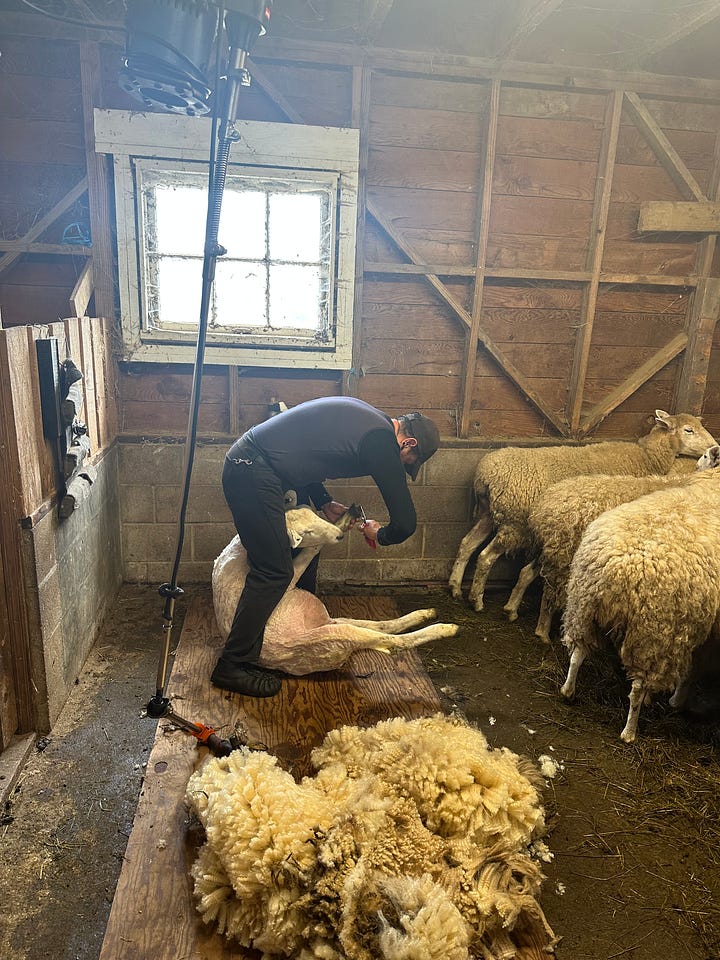
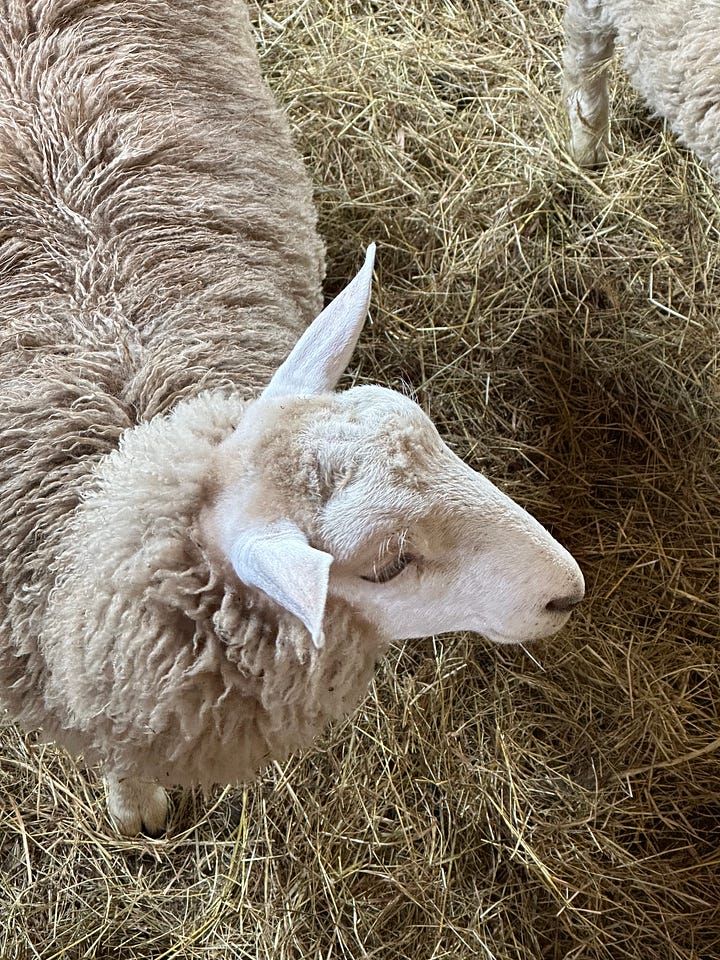
How I Reported It
One morning in July, a photographer and I drove out to Astoria, where Pony lives. Most of the year he’s traveling around Oregon and Washington to reach his clients, but because his season was winding down, he only had a few more jobs left, one of them being a small flock near his home.
A profile is so much better when you can interview in person, but I haven’t reported from the field as much lately because of Covid and working remotely. This was going to be a fun day.
As soon as we pulled into the gravel driveway of Pony’s farm, I had scenes to work with and the story started writing itself. The water across the road. The horse by the barn. The dog trotting around the yard. Pony invited us inside, where he poured us some tea and cut small loaves of zucchini bread into bites. Objects and artwork told their own stories, while Pony started piecing together his own.
After our snacks and introductions, we moved outside under the shade of an apple tree to start the official interview, though it was more of a conversation than an interrogation. I like my sources to feel comfortable being themselves so I get their truest selves and answers. We spent about an hour chatting about his work, the state of his industry, and more while I recorded. Then it was time to head to the neighboring farm so we could watch him shear.
In a barn down the road, Pony carefully stripped each sheep of its wool coats, one by one. The owners of the farm were there too, a detail I didn’t end up including in the story but helpful background and context nonetheless. I perched on a pile of feed bags, asking questions when the clippers stopped buzzing. We left while Pony was still working. He had quite a few more sheep to shear, and we had gotten what we needed. I’d follow up by phone later, I told him.
Back at my desk, my other reporting duties consisted of internet research, email correspondence with the American Sheep Industry Association, and an interview with a long-time rancher in the Dakotas for historical context. These secondary sources were just as necessary to build out the story.
How I Wrote It
My editor sent an example of the section my story would be appearing in—Visiting—so I already had an outline to work with. Sensory lede. Sections with headers. Pretty straightforward. Using my notes and interview transcriptions, I wove together Pony’s story as a sheep shearer with the greater theme of the sheep industry’s decline. This one took me about a week to piece together. I always like building in a few extra days once I’ve finished so I can return for finesse. Some of my best sentences come during time in between, while showering, making dinner, falling asleep. That space has become just as important as the actual writing.


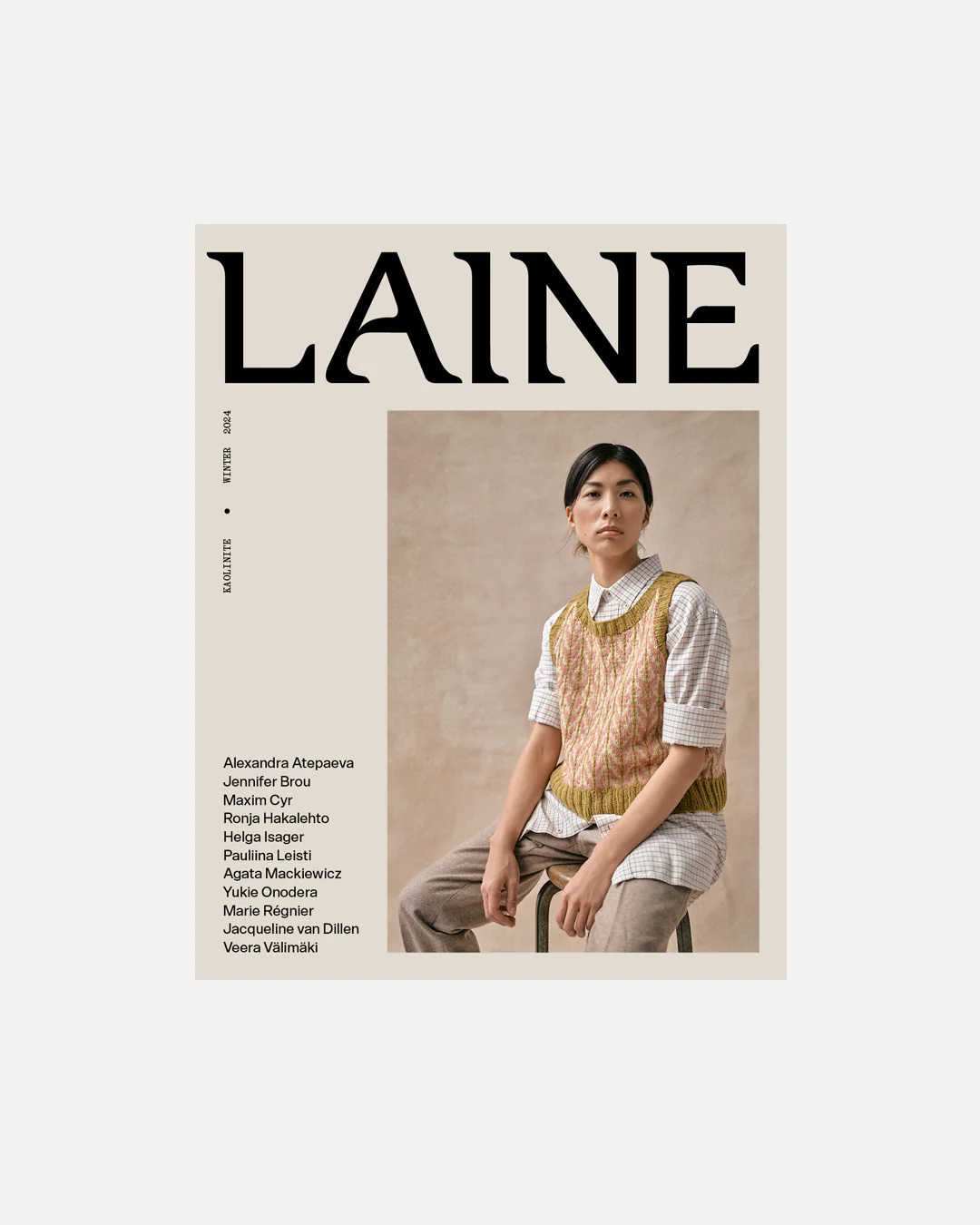
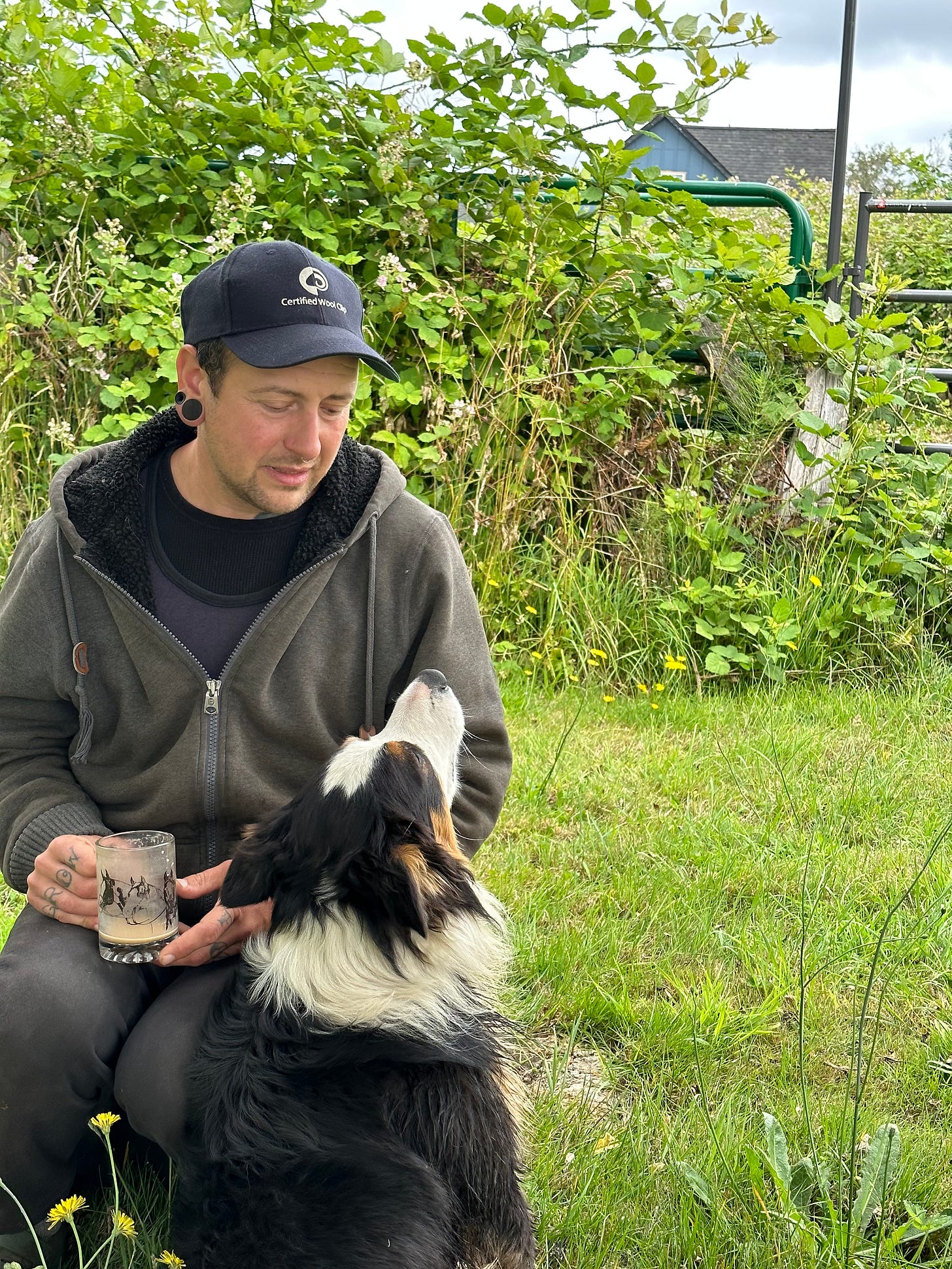
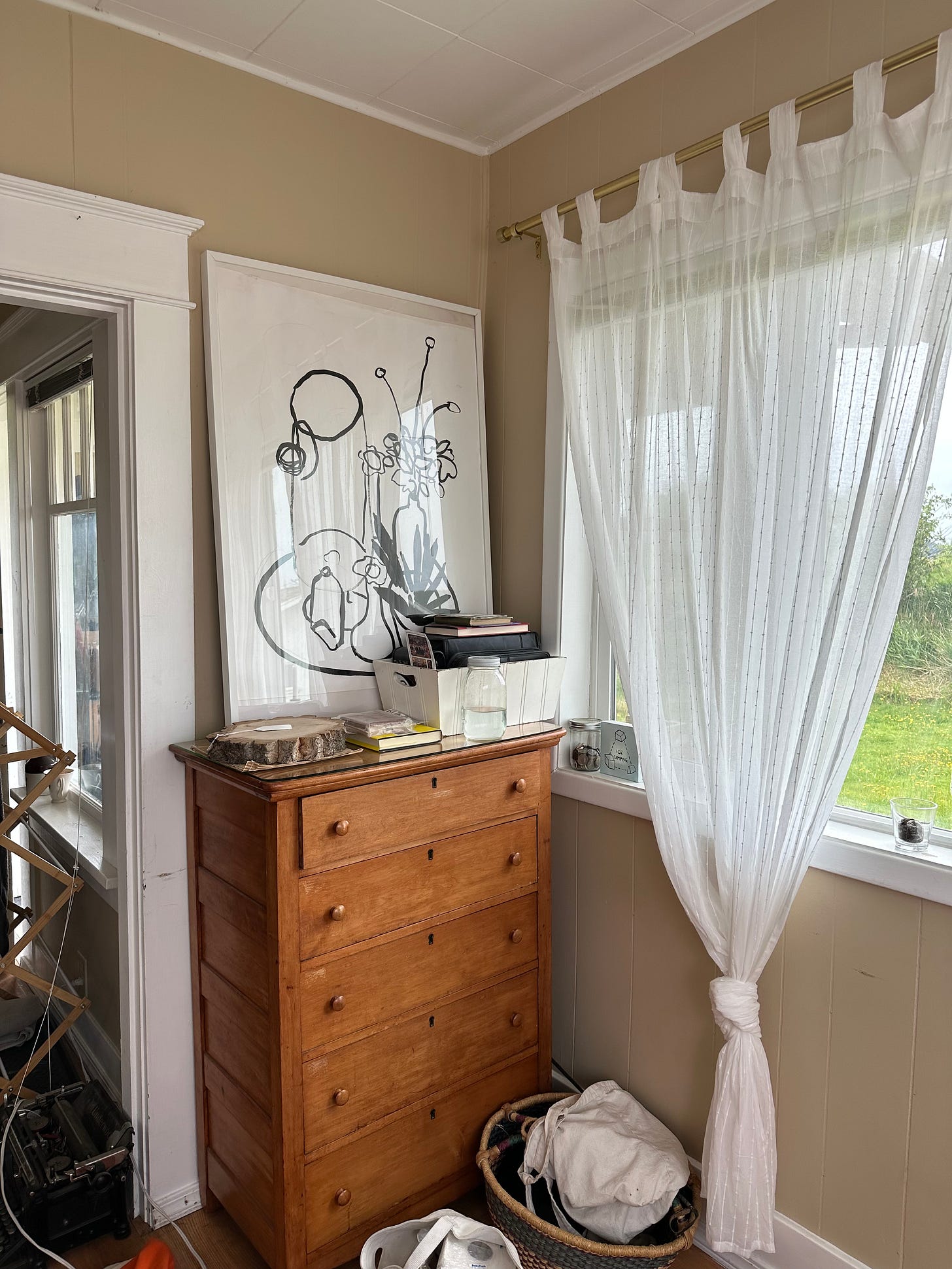
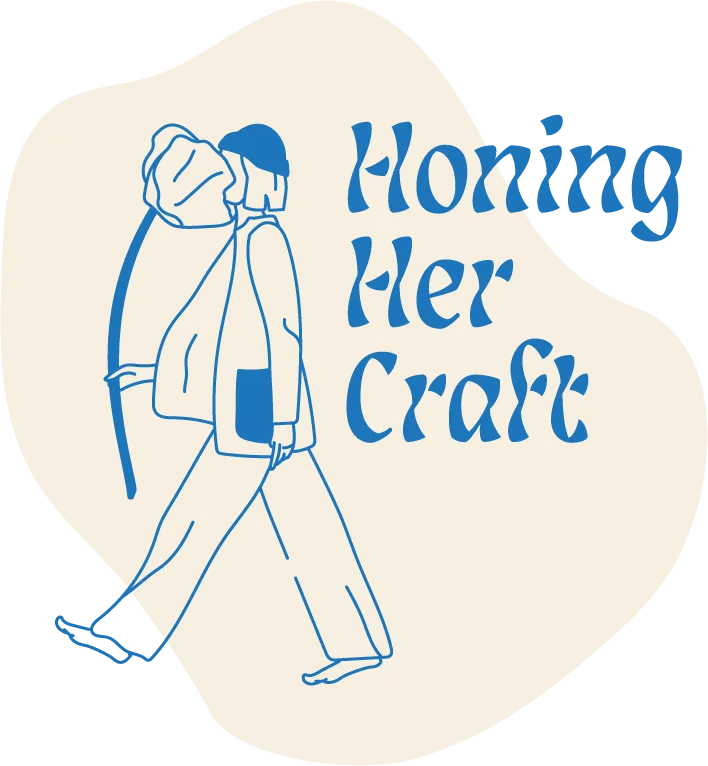
I LOVE your BTS snippets. I know non-writers have no idea what actually goes into making a story (SO MUCH WORK!!). And of course writers are endlessly curious how ideas come to fruition. Nice job putting yourself out there to explore non-outdoor topics.
This was wonderful